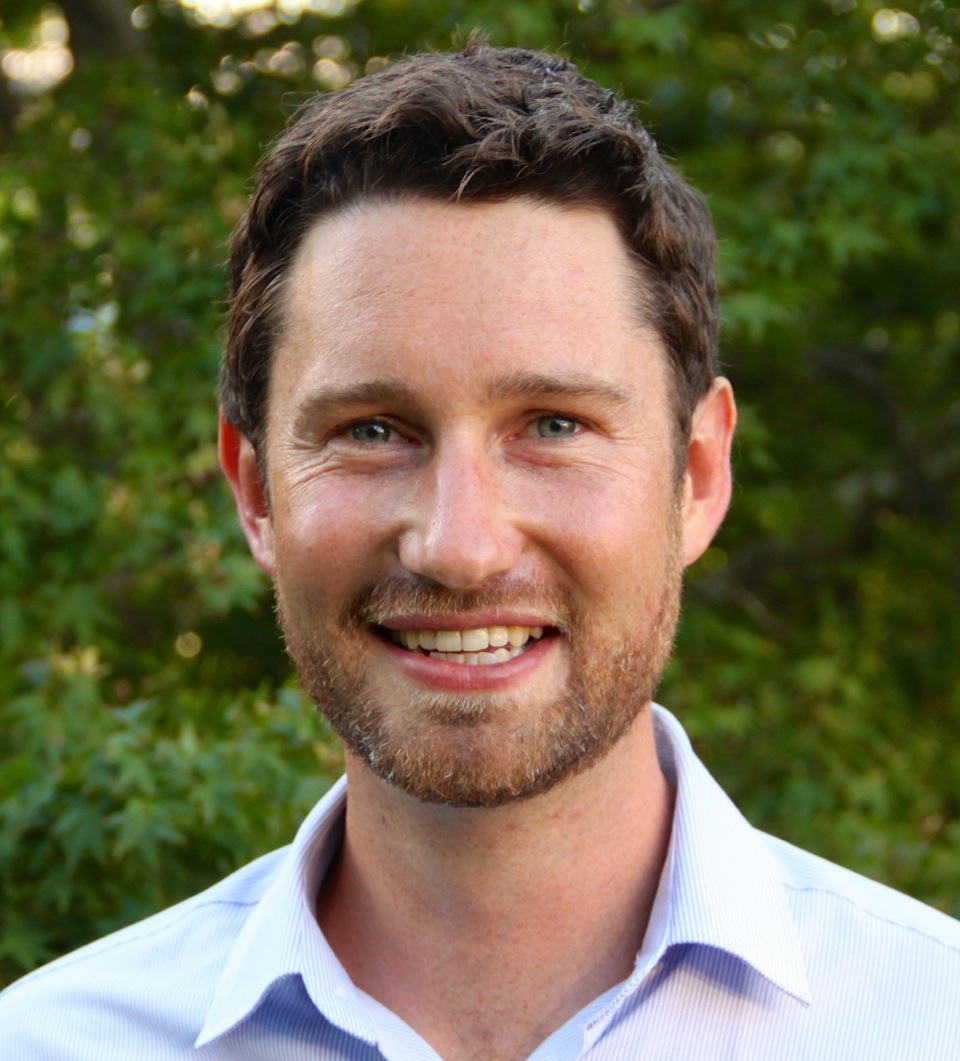Ecological gems have been uncovered in Melbourne’s parks during a campaign that involved “citizen scientists” capturing and recording the city’s biodiversity.

Dr Chris Ives took part in the City of Melbourne BioBlitz.
The BioBlitz, run by the City of Melbourne in partnership with a number of organisations including RMIT, uncovered significant species including rare moths, microbats and the Powerful Owl
Participants uploaded their findings to Instagram, Twitter, the City of Melbourne’s own Participate Melbourne website, or Bowerbird, an online biodiversity data repository developed by Museum Victoria.
Over 15 days, more than 700 people took part in the BioBlitz, collecting more than 3000 records.
Chair of the City of Melbourne’s Environment Committee, Councillor Arron Wood, said working with RMIT and other major institutions helped to raise community understanding of the importance of biodiversity.
“We spotted the Powerful Owl in Fitzroy Gardens, discovered an unexpected abundance of microbats, and found rare moths that have not been sighted for close to a decade,” he said.
“The next step is to continue working with the community and universities such as RMIT to help us develop the City of Melbourne’s first Urban Ecology and Biodiversity strategy.”
Blessed with parks, rivers and a bay on its doorstep, Melbourne is a biodiverse city, but a combination of factors is challenging this label.
Climate change, rapid population growth, land use change, and an increasingly urbanised public that is disconnected from nature are posing threats to the city’s biodiversity.
Dr Chris Ives, Research Fellow in the Interdisciplinary Conservation Science Research Group in RMIT’s Centre for Urban Research (CUR), said allowing the community to join initiatives like BioBlitz offered scientists the chance to tap into the public’s passion for their environment.
He said it was critical for scientists and researchers to continue to engage with the community, particularly in cities. “Community members can get a lot out of participating in these projects, such as experiencing all the benefits from interacting with nature,” he said.
“They are a key part of the urban ecosystem and will actually be the ones who benefit most from a healthy, biodiverse environment.” Ives said there was a range of benefits derived from the BioBlitz and citizen science.
One of these was allowing citizens to be involved in the initiative was more efficient for organisers than hiring professional researchers.
It also removed private property access barriers, with community members encouraged to record and submit observations from their own properties.
The initiative offered educational value for children, and organisers said anecdotal evidence suggested many participants will now undertake new gardening practices that enhance biodiversity in their own backyards.
Other RMIT researchers involved in the BioBlitz included Dr Luis Mata, Associate Professor Marco Amati, who is leading an evaluation project of the BioBlitz, Professor Andy Ball, Dr Melissa Neave, Dr Cecily Maller, Dr Cathy Oke, Dr Georgia Garrard, Dr Joab Wilson, and Anna Backstrom.
The BioBlitz was a partnership between the City of Melbourne, RMIT University’s Centre for Urban Research, Museum Victoria, the University of Melbourne’s Australian Research Centre for Urban Ecology, Royal Botanic Gardens, Melbourne Zoo and Parks Victoria.
Originally published on RMIT News.





